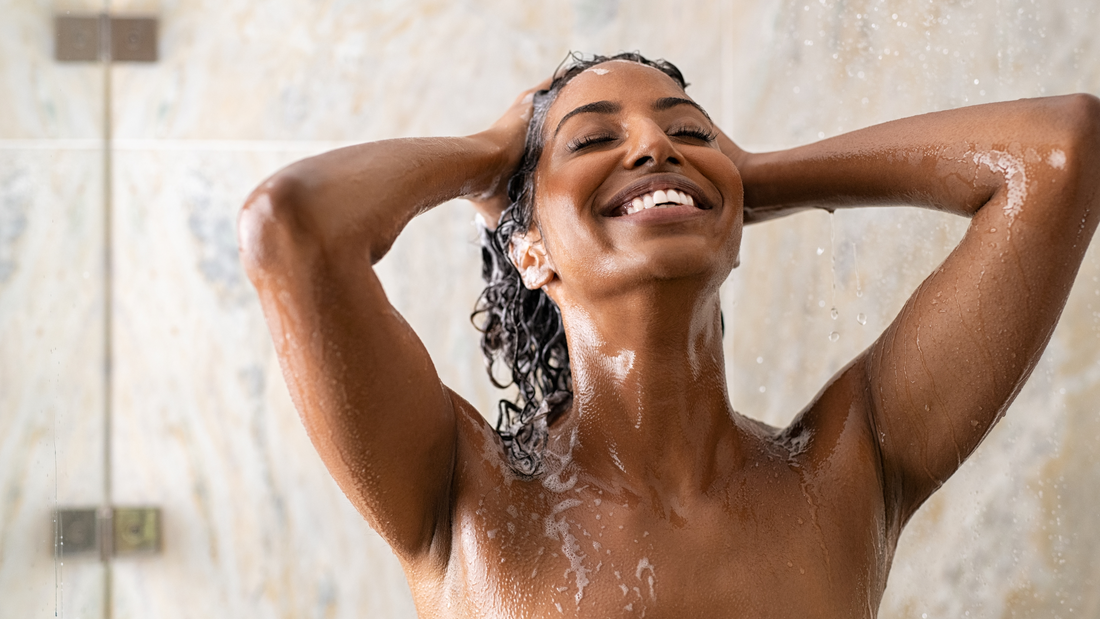
How to Successfully Apply Relaxer at Home (Without Damaging Your Hair)
Applying a relaxer at home can be empowering and cost-effective—but if done incorrectly, it can lead to breakage, burns, or long-term damage. Whether you’re new to relaxing or looking to refresh your process, this guide breaks down how to apply a relaxer safely and effectively at home.
1. Understand What a Relaxer Does
Hair relaxers chemically break the bonds in curly or coily hair to permanently straighten it. Because this alters your hair’s structure, the process requires care, attention, and the right aftercare.
2. Wait at Least 6–10 Weeks Between Relaxer Touch-Ups
Applying relaxer too soon after your last treatment increases the risk of overlapping, which leads to over-processing and breakage. The ideal window is around 8 weeks—when you have a visible amount of new growth.
3. Prep Your Hair 5–7 Days Before
Avoid washing your hair 5–7 days before relaxing. The natural oils on your scalp act as a protective barrier against irritation or chemical burns. If you must moisturize, stick with light, non-protein-based oils like argan or jojoba.
Pro tip: Apply a petroleum-based protectant (like Vaseline) to your hairline, ears, and any previously relaxed sections to avoid chemical overlap.
4. Section and Detangle Ahead of Time
On relaxer day, divide your hair into 4–6 workable sections. Use a wide-tooth comb to gently detangle each section and clip them in place. Do not use heavy leave-ins or water-based products right before applying relaxer.
5. Follow the Instructions Exactly
Every relaxer kit is different, so it’s essential to read the instructions thoroughly. If using MJ’s Mane, our system will include an intuitive, step-by-step guide. But for now, here’s the general order:
-
Base the scalp with protective jelly
-
Apply relaxer to new growth only
-
Set a timer based on your hair’s texture and porosity
-
Rinse thoroughly with warm water
-
Neutralize with a pH-balancing shampoo (this is non-negotiable)
-
Deep condition immediately after to restore moisture and protein
6. Use a Neutralizing Shampoo
Proper neutralization is essential for restoring your hair’s pH and preventing breakage. Skipping this step allows the relaxer to continue processing, which can lead to damage.
7. Follow Up with a Protein and Moisture Treatment
Relaxers break protein bonds in the hair. After rinsing, use a protein-rich conditioner followed by a moisture-based deep conditioner to rebalance the hair. This helps reduce post-relaxer breakage and promotes elasticity.
Final Thoughts
Relaxing your hair at home can be simple and effective with the right prep, technique, and post-care. With MJ’s Mane’s Signature Relaxer System, you can feel confident with every touch-up. Join the waitlist here.
Want more tips like this? Follow our IG for weekly tips!






